ZÜRICH 2020
Just like many other cities and territories in the world, the city of Zürich is a complex spatial configuration, embodying hundreds of years of superimposed impacts. Political, social, and economic dynamics continuously shape the built matter we encounter today. The retracing of the spatial evolution of Zürich will be helpful to locate ourselves within a broader context:
In the early 19th century, Zürich found itself as a dense medieval city within a landscape of small rural villages. Industrialisation brought unchecked growth to the economy and therefore also to the physical city itself. In order to accommodate this expansion, the city razed the baroque fortifications and expanded towards the surrounding territories. Industry developed along the train tracks towards the north and the west, establishing new densely populated neighbourhoods for workers along these axes.
In 1893, this industrial growth peaked in the first incorporation of the surrounding communes into the legal entity of Zürich. Up until this point the incoming population had been living in overpopulated tenement houses in the outskirts of the city. Around the turn of the 20th century, the idea of the garden city influenced the city’s housing policies, and looser worker‘s housing blocks were introduced whose values and structures were further developed by cooperatives and housing companies in the following decades. The expansion of the city and its industry finally caused a second incorporation of communes in 1934, drawing the legal borders that define the territory of Zürich until today.
After World War II, population growth was mainly directed towards new garden city extensions to the north and west of the city centre, where a system of housing slabs incorporated the former village cores and established a homogenous built fabric: every apartment well illuminated, not too densely inhabited, always close to greenery. As a reaction to this expansive use of now limited land, the developers of the 60s and 70s advanced towards a denser city. New compact settlements increasingly incorporated the social needs and the new consumption behaviours of the inhabitants. But in the 1980s, public scepticism towards the impacts of growth rose again, which lead to the so-called Stadtflucht: The promise of more space, cleaner air, cheaper land, and continued easy access via car to the amenities of the city drew people outwards into the former rural areas, which fast became an almost nationwide sprawling suburbia. Zürich experienced this exodus through a marked population decrease, reducing the need for new city housing and stunting the commissioning of new developments within the city itself.
When the S-Bahn system was established in the 1990s, the growing agglomeration communes were reconnected to the city centre. The young urban-minded inhabitants started to be drawn back to the city, attracted by the density and opportunities of an urban environment. As a result, new housing had to be established to yet again accommodate the growth – although little unoccupied space was left for big construction developments. The first victims of that pressure were the former industrial areas. These wastelands were quickly repurposed and the industrial buildings replaced by new housing blocks, creating big residential areas around Zürich West, Altstetten and Oerlikon. When towards the 2010s most of these industrial sites were already developed, the continuing population growth was redirected towards the outskirts of Zürich. A new phase of transformation begun, where big fragments of the loose garden city were and still are being torn down, replaced mainly by middle class family housing.
Today, the tendency to replace the garden city fragments continues. But by now, not even the most recent housing stock is immune to the immense sums of money that have to be invested in the tabula rasa strategy of the Ersatzneubauten. In fact, today only a tenth of the newly built apartments are constructed on unoccupied land, meaning that 90 percent of new housing replaces an existing reality. The Ersatzneubauten can cause an eradication of existing social structures, which are replaced with others of a different nature. The political framework and the aura of the city attract a specific clientele of well-paid and well-educated citizens, whose needs are met by the market: new, more expensive flats, with generous layouts and higher quality finishings.
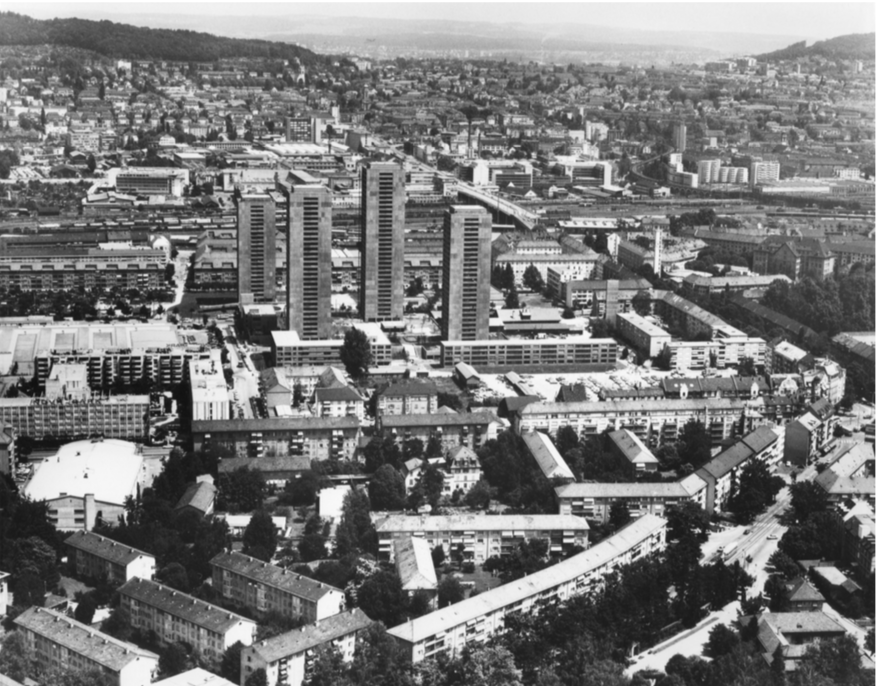
The aerial view of Zurich illustrates the urban expansion of the city throughout the 20th century
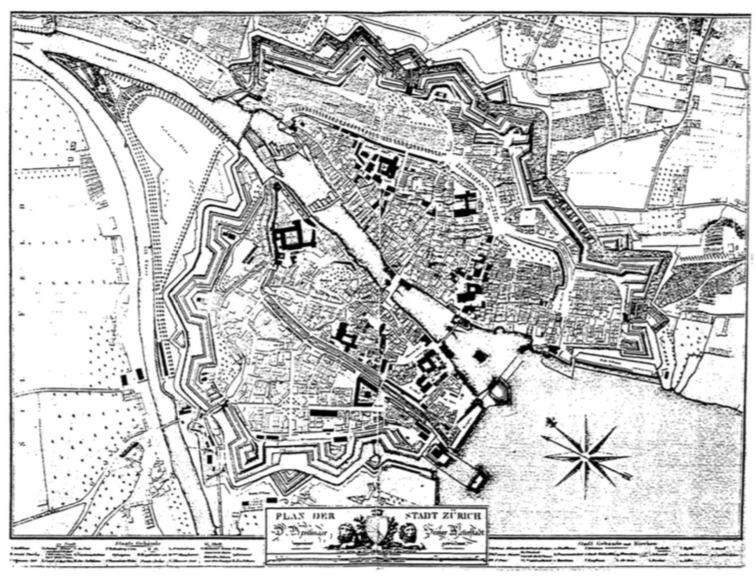
The baroque fortification of ZÜrich, Breitlingerplan 1814
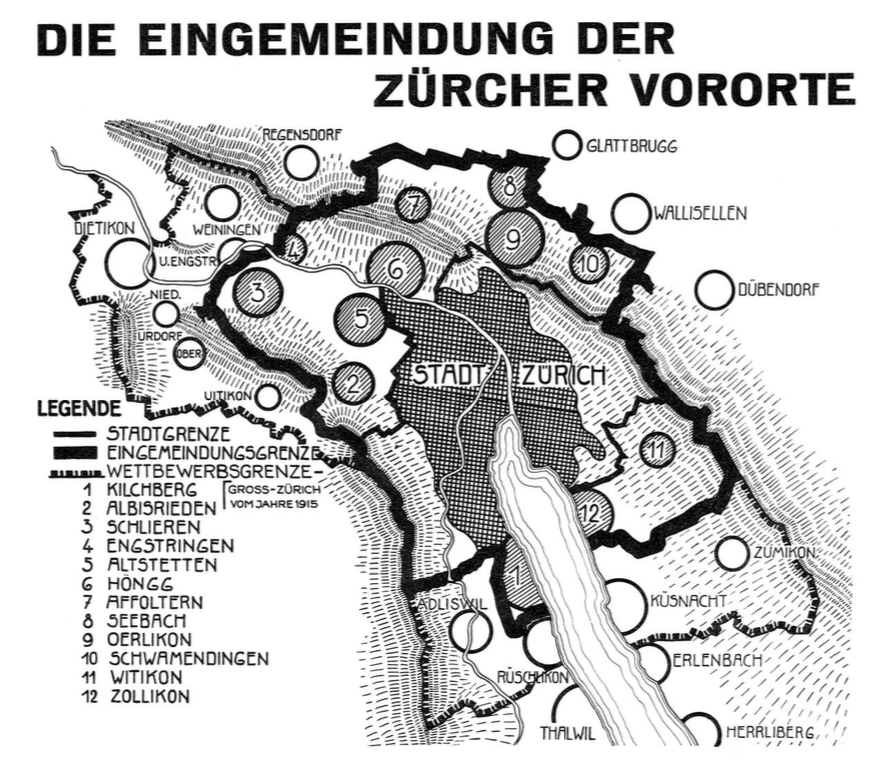
Advertisment for the incorporation of the outskirts of Zurich, Aktionskomitee für die Eingemeindung, 1929
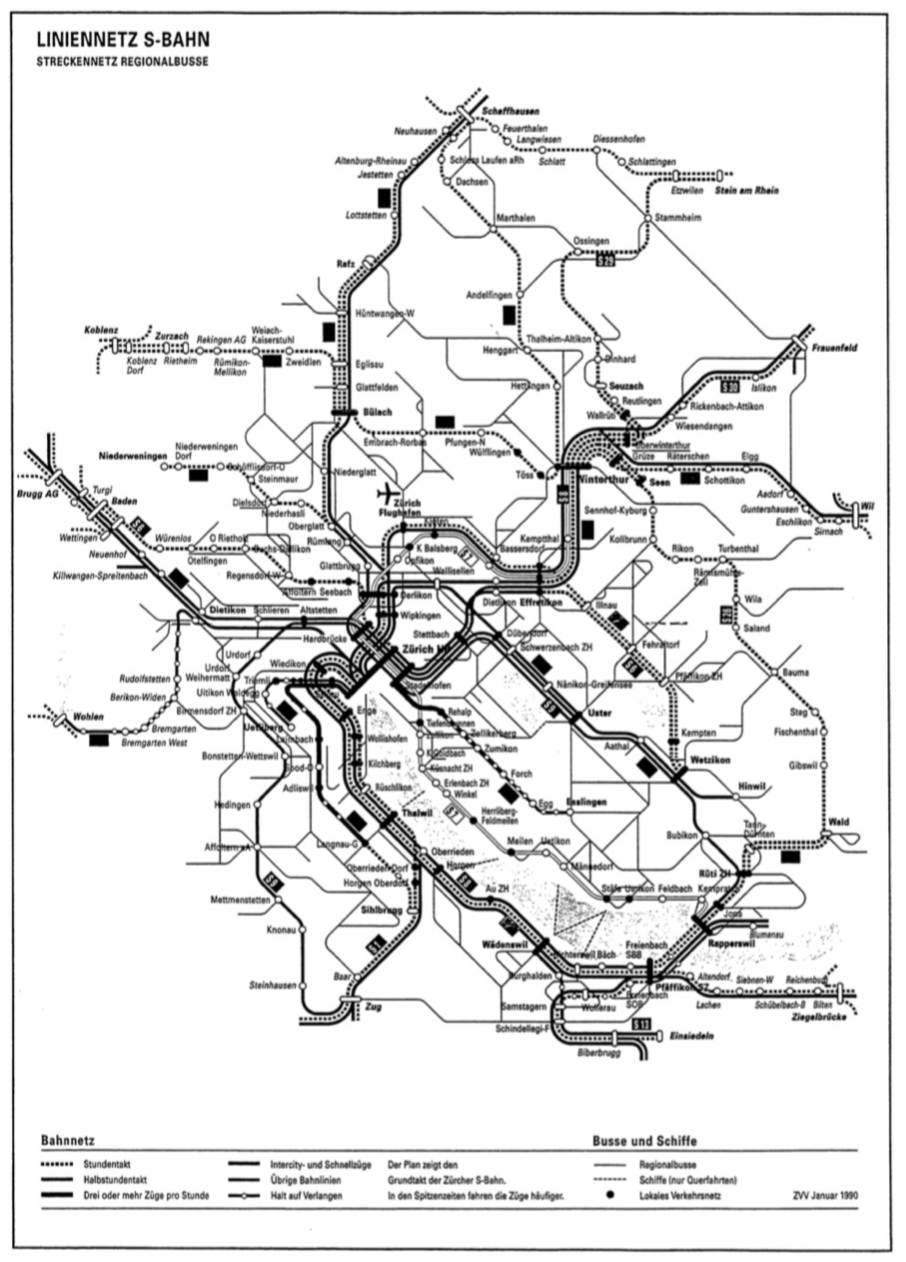
S-Bahn network of Zurich, ZVV 1990

Demolished apartments in Zurich (1960-2016)
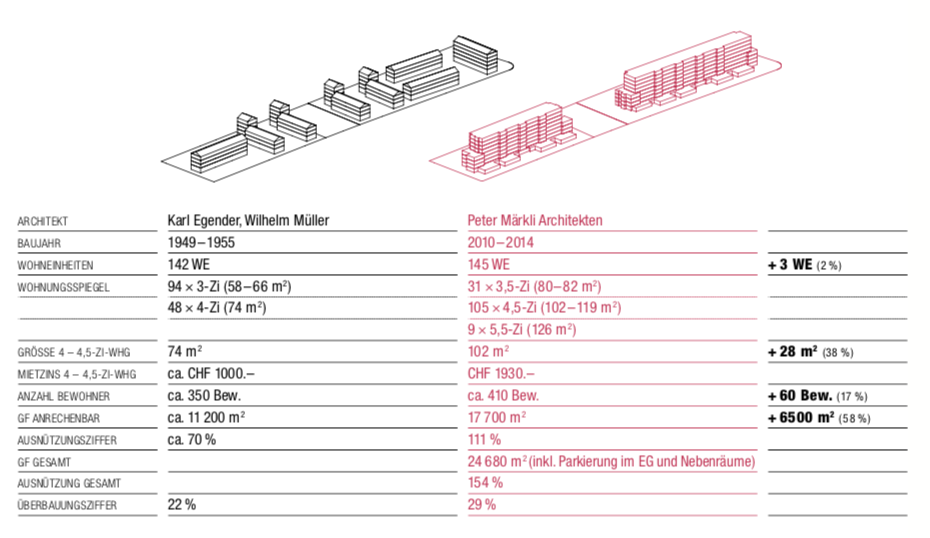
In the case of the project Les Hiboux, the comparison shows the increase in floor area, with little effect on the population density. This exemplifies the problematique of the replacement construction strategy, where architecture becomes an agent of gentrification.





